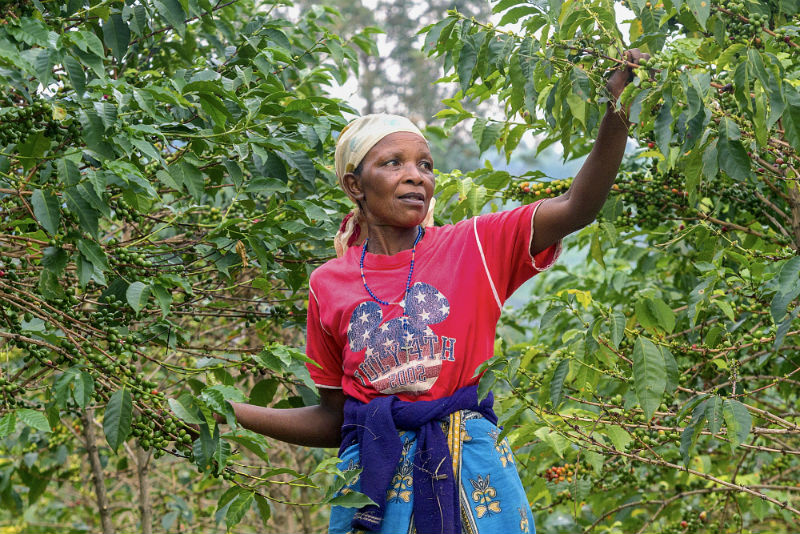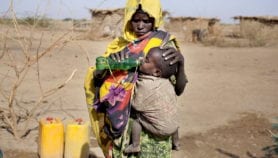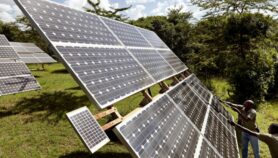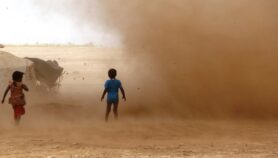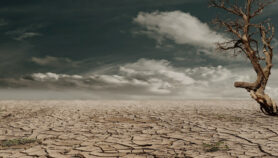By: Baraka Rateng’
Send to a friend
The details you provide on this page will not be used to send unsolicited email, and will not be sold to a 3rd party. See privacy policy.
Relocating coffee areas, along with forestation and forest conservation, to higher grounds due to climate change could increase coffee farming area in Ethiopia fourfold, a study forecasts.
The study, published in Nature journal last month (19 June), says moving Ethiopian coffee fields to higher ground because of climate change holds promise to coffee’s resilience due to substantial increase in suitable production area.
Justin Moat, research leader, spatial analyst at the U.K’s Royal Botanic Gardens Kew, says presently coffee is mainly confined to altitudes between 1200 and 2000-2200m.
“A critical factor in the suitability of coffee farming is the interaction between rainfall and temperature.”
Justin Moat, Royal Botanic Gardens Kew
“In general, coffee's niche will move uphill to keep to optimal temperature. Ethiopia is lucky in that the south-western plateau come into condition. Much work would be needed to achieve this if planning starts now,” Moat tells SciDev.Net.
According to him, up to 60 per cent of Ethiopia’s coffee production area currently could become unsuitable before the end of the century.
Ethiopia, he says, is the world’s 5th largest coffee producer, providing a quarter of export earnings and approximately 15 million Ethiopians engaging in coffee farming and production.
During the study, Moat explains, the researchers did a lot of ground work, computer modelling and simulations: “We determined coffee preferred climate (niche), using a huge amount of data collected on the ground, including historic observations, overlaid on climate maps.”
They projected this niche into the future using many climate models and scenarios, which gave them the general trend and all the models were in general agreement.
“We then combined this with satellite imagery to give us the present day forest coffee area and projected in the future,” he tells SciDev.Net.
“A critical factor in the suitability of coffee farming is the interaction between rainfall and temperature; higher temperatures could be tolerated if there was an increase in rainfall,” he notes.
Regardless of interventions, one of best known coffee growing origins, Harar, in eastern Ethiopia, is likely to disappear before the end of the century, says Moat.
Higher altitudes are projected to become more suitable for coffee while lower altitudes are projected to become less suitable, according to the study.
According to Moat the study ̶ a 4-year project with computer modelling, coffee, conservation, remote sensing and cartography experts in Ethiopia and UK ̶ could benefit scientists, decision makers and farmers under climate change.
Shem Wandiga, a professor of chemistry at the University of Nairobi’s Institute for Climate Change Adaptation, Kenya, says, “This is not a prediction but a future look of what might happen, given the way the weather behaves. But that behaviour is still under study and one cannot say with full certainty what will happen,” he says.
For policymakers, Wandiga tells SciDev.Net, the study has very important lessons: “Start planning to expand coffee growing areas to higher elevation; the expansion should be coupled with forestation of the areas; map out the human, social and ecological conditions that may allow such expansion.”
Also, slowly substitute coffee with other plants that may bring income given the fact that beyond 2100 coffee growing will not be an income earning activity in Ethiopia.
“This is a very interesting [study] with deep insights into the characteristics of the impacts of climate change on crop production,” he notes.
However, climate models are mathematical representations of the interactions between the atmosphere, oceans, land surface, ice – and the sun built to estimate trends rather than events, says Ndegwa.
There are some notable discrepancies in the text such as impression of positive impacts associated with climate change in increased coffee growing area but the conclusion put emphasis on negative impacts of susceptibility ignoring the positive aspects indicated in the abstract.
This piece was produced by SciDev.Net’s Sub-Saharan Africa English desk.
References
Justin Moat and others Resilience potential of the Ethiopian coffee sector under climate change (Nature, 19 June 2017)


